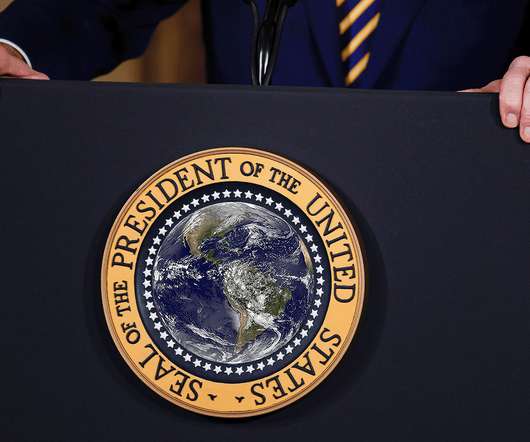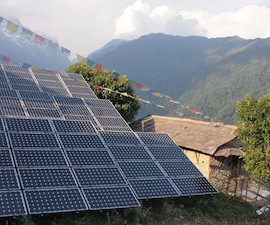Joe Biden can be the president for a sustainable private sector
GreenBiz
FEBRUARY 15, 2021
The sustainable investment community already is engaged in this effort, channeling dollars to companies with better environmental, social and governance (ESG) practices. One in every three professionally managed dollars in the United States — $17 trillion — is invested with an ESG focus. We agree that this shift is overdue.















Let's personalize your content